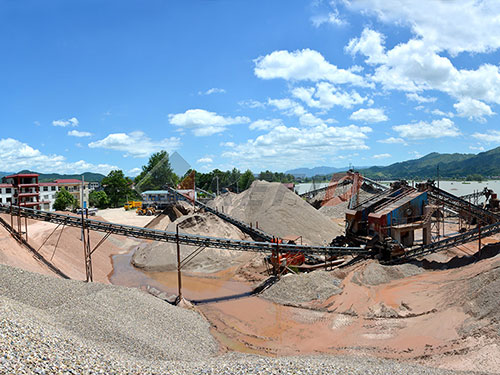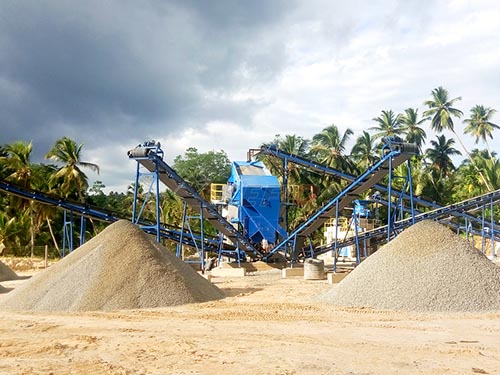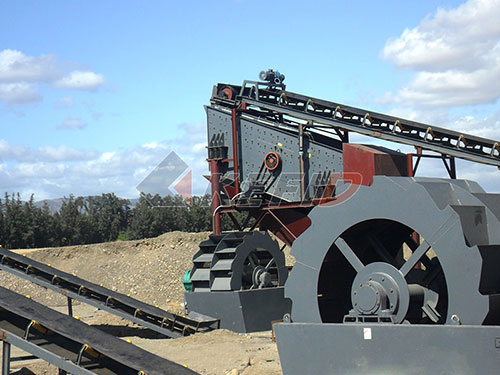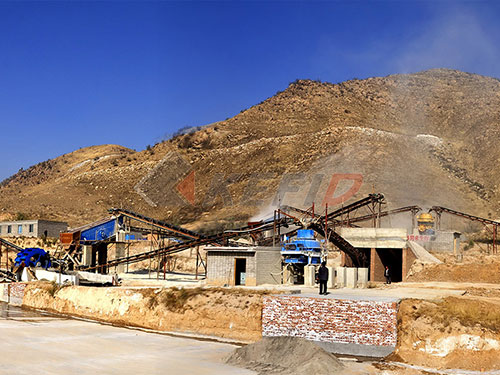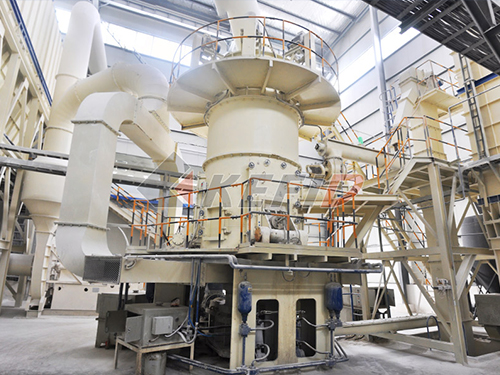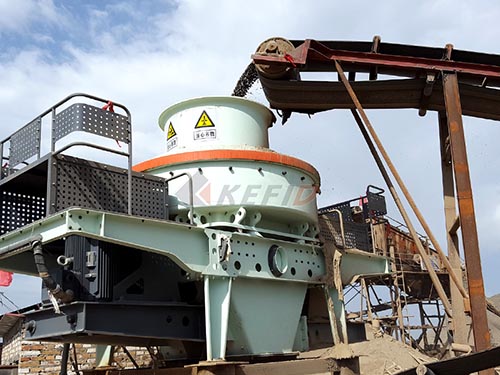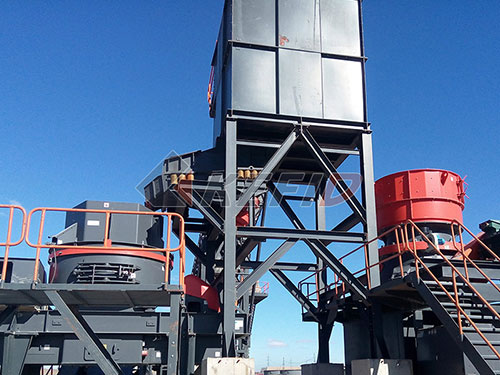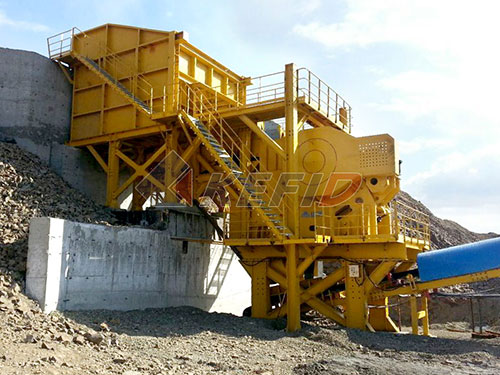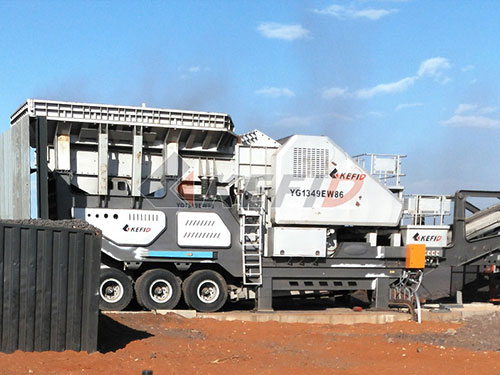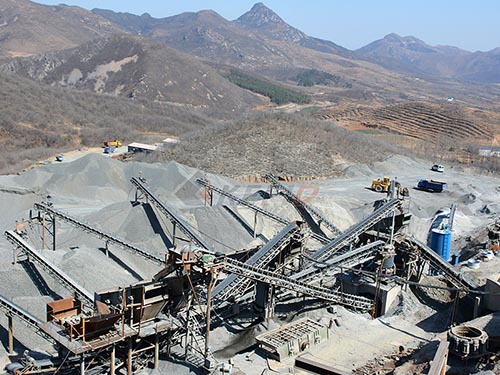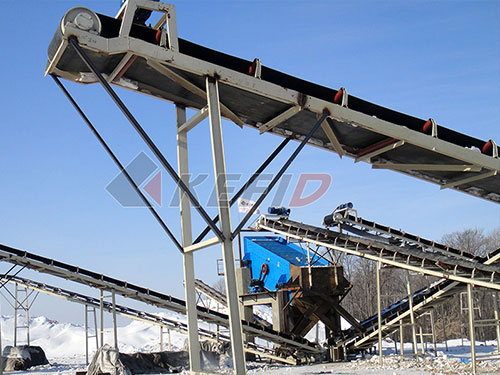The Strategic Advantage of Rock Crusher Rentals for Pipeline Bedding Projects in Colombia
Colombia’s ambitious energy infrastructure development, particularly its expanding network of oil and gas pipelines, demands robust and efficient construction methodologies. A critical phase within this process is the preparation of the pipeline bedding – the foundational layer upon which the pipe rests. Achieving the precise gradation and stability required for this bedding material is paramount for the long-term integrity and safety of the pipeline. Increasingly, project managers and contractors across Colombia are recognizing rock crusher rentals as a highly strategic solution for sourcing this essential aggregate directly on-site. This approach offers significant advantages over traditional methods involving off-site quarrying and long-distance material hauling.
The Imperative of Quality Pipeline Bedding
Pipeline bedding serves several vital functions:
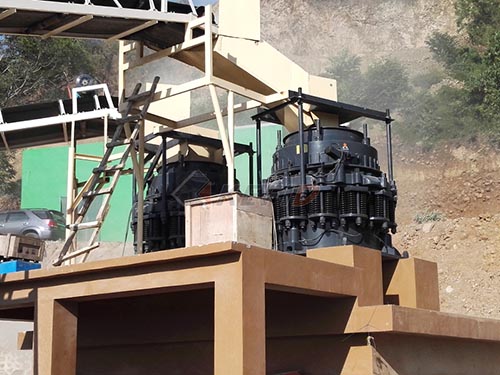
1. Uniform Support: Distributes the weight of the pipe and its contents evenly along its entire length, preventing localized stress points that could lead to deformation or failure.
2. Protection: Shields the pipe coating from sharp protrusions in the native soil or bedrock that could cause damage during installation or subsequent settlement.
3. Drainage: Facilitates water movement away from the pipe trench, reducing corrosion risks and preventing buoyancy issues in saturated soils.
4. Stability: Provides a firm, non-compressible base that minimizes settling after backfilling, ensuring alignment integrity.
5. Frost Heave Mitigation: In susceptible regions (less common in most of Colombia but relevant in high-altitude projects), well-graded bedding helps mitigate frost action.

The ideal bedding material typically consists of clean, crushed rock aggregate with specific size gradations (often ranging from fine gravel to coarse sand). Achieving consistent quality throughout potentially hundreds of kilometers requires a reliable source.
The Colombian Terrain Challenge
Colombia’s diverse geography presents unique challenges for pipeline construction:
Mountainous Regions (Andes Cordillera): Steep slopes, limited access roads, variable geology (volcanic rock, sedimentary layers), and challenging logistics dominate projects traversing these areas.
Lowland Plains (Llanos Orientales): Vast distances, seasonal flooding (“invierno”), softer soils requiring significant stabilization via bedding materials.
Coastal Areas & River Basins: High water tables, soft sediments demanding substantial engineered foundations using granular materials like crushed rock.
Remote Locations: Many pipeline routes extend through sparsely populated areas lacking established infrastructure like large quarries or asphalt plants


